
Crew You Regatta
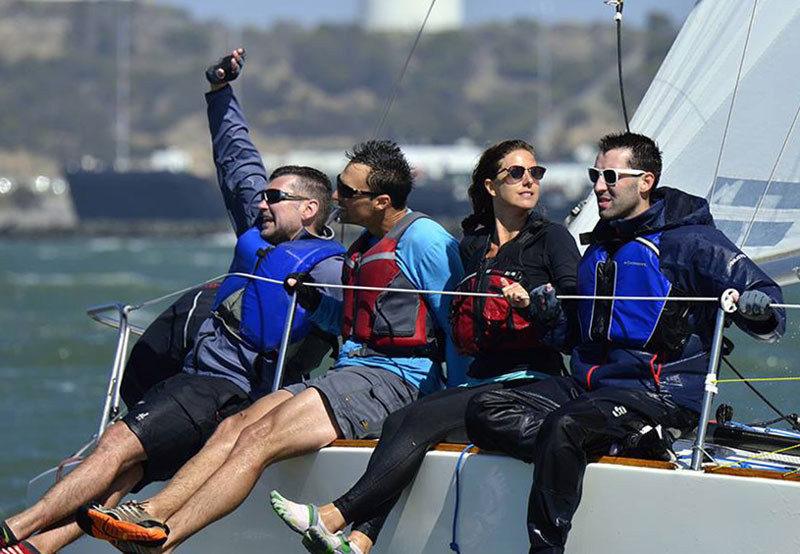
In addition to the usual roster of midwinter racing this weekend will be OPBYC’s Crew You Regatta. The founder of OPBYC (Other People’s Boats Yacht Club), Jasper Van Vliet, is a Bay Area J/24 sailor. "We figured we were the smart ones (non-boatowners)," he explains. "Sail for free any time we want on almost any boat we want — but you don’t get to drive the boat very much."
To correct the lack of helm time for crewmembers, Van Vliet, along with fellow J/24 sailors, organized the first Crew You Regatta in 2013. The fourth edition will be held this Sunday, December 11, in the Shouthampton Shoals racing area west of Richmond, starting at 11 a.m.
"There will be fanciful mark slingin’ courtesy the Heyalice team, ample beer grabbing, signature hull tipping and toppling, plus more spinny set pops than there are towel snaps in an NFL locker room," writes photographer Martha Blanchfield, who will produce video clips from the onboard the Bertram 20 Heyalice, to be posted on her blog at www.renegadesailing.com and on Facebook.
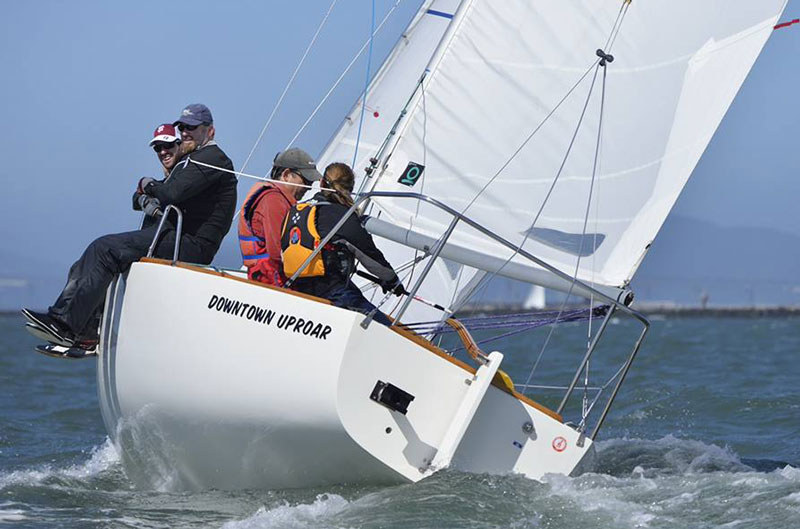
Sunday is predicted to be more meteorologically benign than Saturday this weekend, so rookie skippers shouldn’t have too rough a time of it — unlike last year, when the Crew You Regatta was held on an unseasonably blustery day in early October.
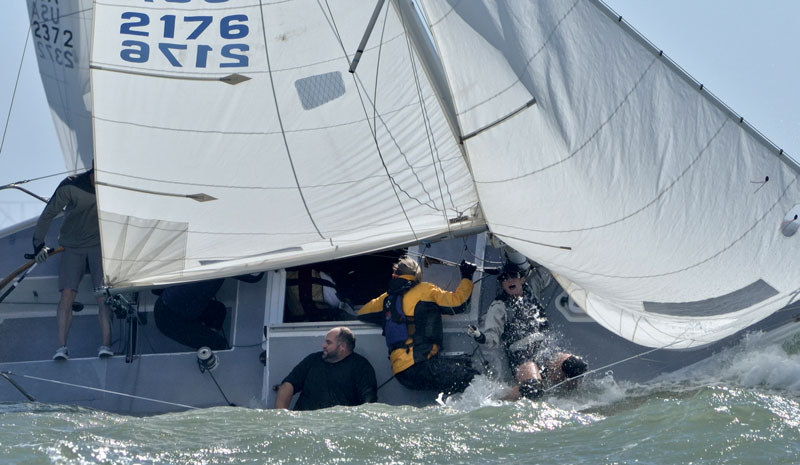
The National Weather Service is calling for rain and up to 25 knots of southwesterly wind on Saturday, but just a 10-knot westerly for a dry Sunday.
The Case of the Missing AIS Returns
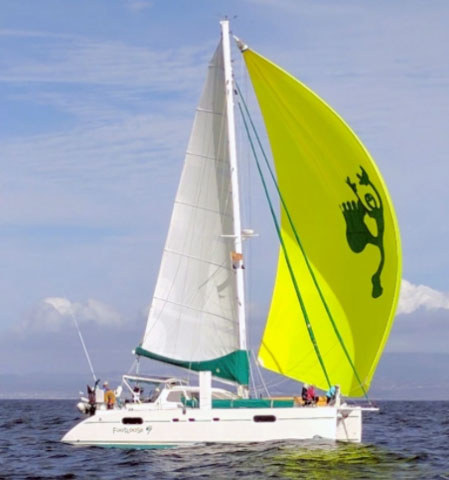
©Latitude 38 Media, LLC
AIS — Automatic Identifcation System — is one of the greatest safety inventions for the modern mariner. Even more than radar, it alerts you in detail about the approach of vessels that are on a collision or near-collision course with you.
But for it to be useful, it has to work. During the Baja Ha-Ha, Michael Britt of the Catana 47 Footloose discovered a serious problem with his and those of others that had something in common. We’ll let Michael’s letter to Lunasea Lighting explain the problem.
"Based on my experience and that of others, I think Lunasea has a problem with their masthead tricolor lights interfering with AIS returns.
"I did the recent Baja Ha-Ha with about 150 other boats, many of which have Class B active AIS systems. Because everyone was pretty much sailing a straight course, we would have as many as 40 AIS returns on our chartplotter at a given time. But after dark on the first night, I noticed that many of my AIS returns ‘disappeared’. Interestingly enough, the returns that disappeared weren’t the most distant ones, but were rather scattered throughout the fleet. I worried about the quality of my masthead installation.
"However, during a later onshore party I was discussing the problem with a friend — when several others who were listening piped in and said they’d had the same experience. What we all had in common was a Lunasea tricolor bulb. The others had a Lunasea masthead light with the tricolor, strobe and anchor light, while I had a Lunasea bulb in my masthead fixture.
"I later turned on my tricolor light and watched as about half — 20 of 40 — of the returns disappeared over the course of five minutes or so! Since class B AIS only transmits every few minutes, this would explain the gradual disappearance of the returns — the chartplotter holds the AIS return until after the next or several polling periods have passed. When I turned off the tricolor, the returns reappeared over the course of about five minutes.
"This is obviously a serious safety problem, and I’m wondering how Lunasea might help me address the issue. I have a pretty standard installation with my tricolor roughly in the center of my mast, and a Shakespeare VHF antenna mounted off to the side on a bracket attached to the side of the mast perhaps eight inches away. This is a very common installation since it provides optimal propagation of the VHF signal. My radio does not share its power source with the tricolor except, of course, the battery."
This is indeed a problem that others need to be aware of, and we hope that Lunasea — or whatever product is responsible — addresses the issue as soon as possible. At last word, a technical team was investigating.
What Are Your Favorite Boating Apps?
Needless to say, the development of smart phones and tablets, in combination with the specialized apps that support them, have led to dramatic changes in the way millions of people acquire information and conduct their lives — including boaters.
But with a seemingly endless flow of new mobile-device apps constantly entering the marketplace, it’s tough, if not impossible, to keep up with which of these clever programs are the most useful.
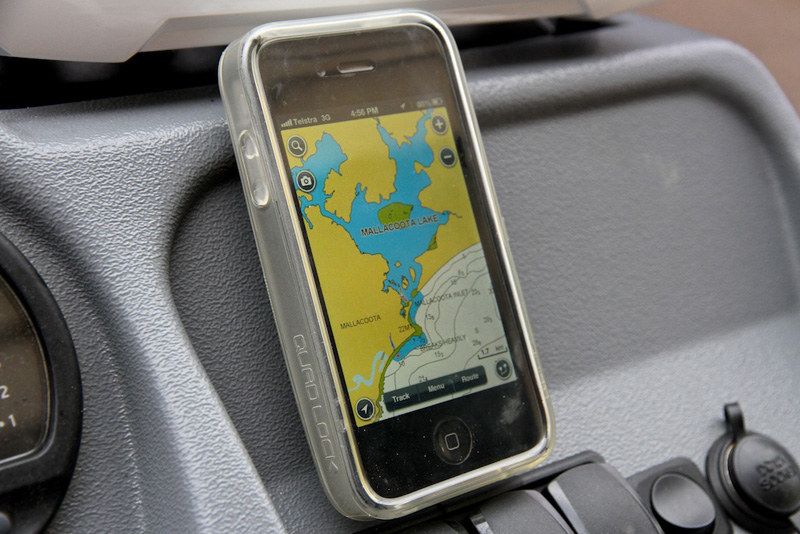
We’ve tried a variety of navigation apps, tide apps, wind and weather apps, even a Whale Alert app intended to help you identify whale species — and avoid colliding with them while traveling offshore. But we’re certain that we’ve only scratched the surface of what’s available. And we wouldn’t be surprised if we were completely unaware of some of the most useful apps of all.
So we’ll put it to you, our well-connected and tech-savvy readership: What are your five favorite boating-related apps, and why (briefly)? Write us here, and if possible, send along a couple of screen shots that illustrate useful aspects of your faves. Many thanks.
